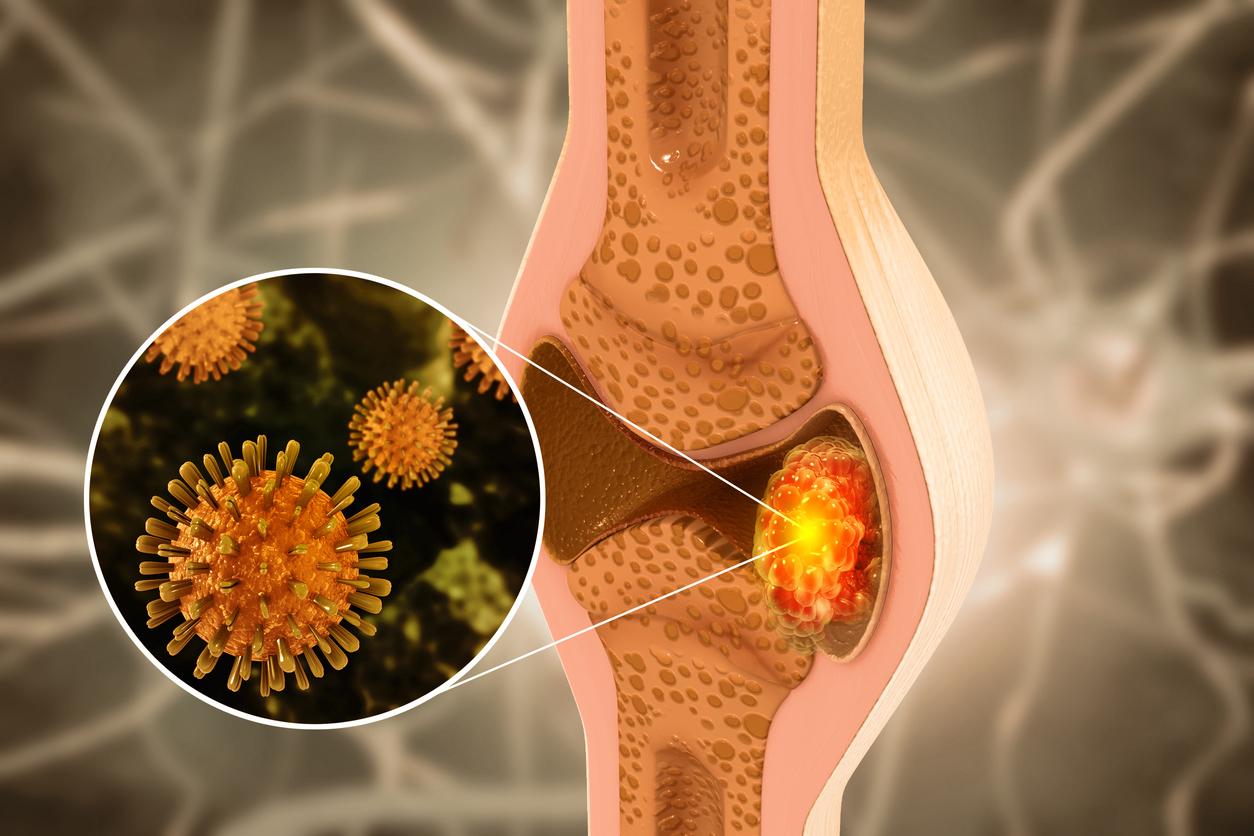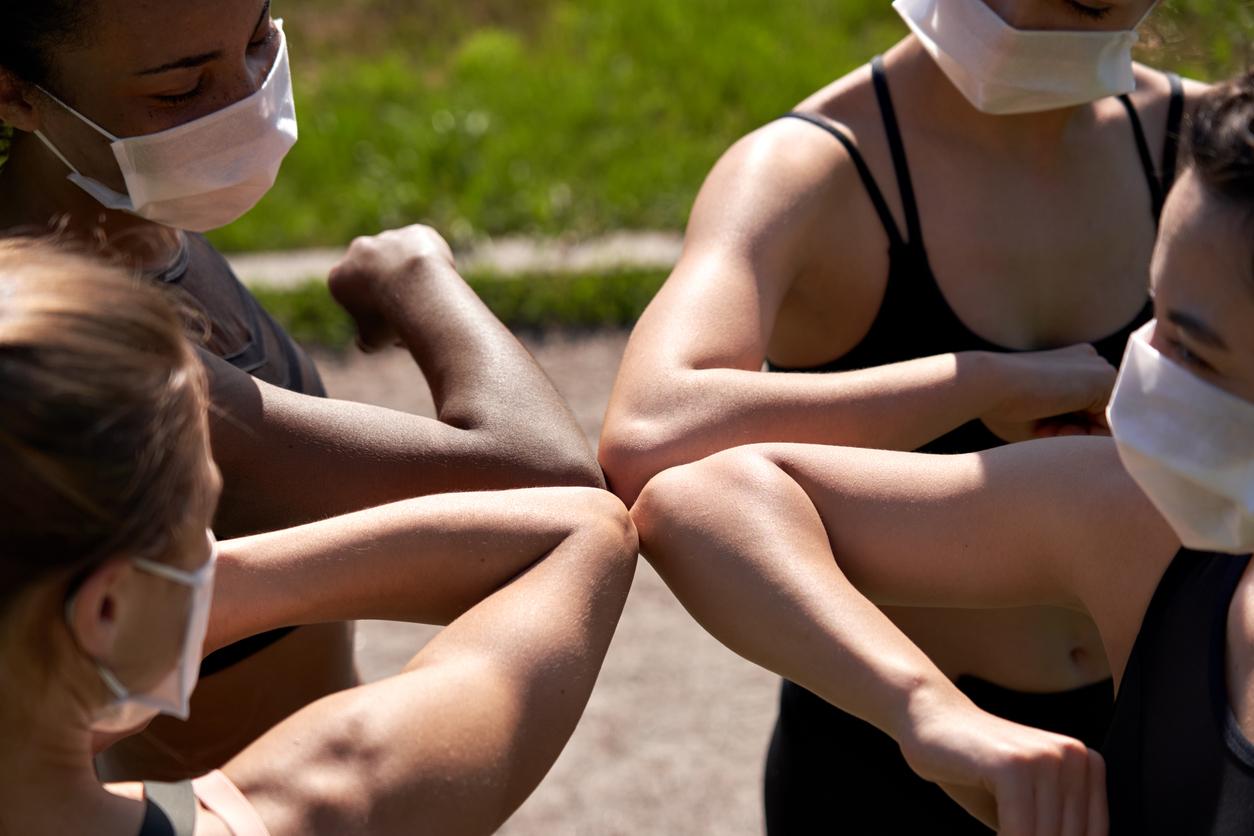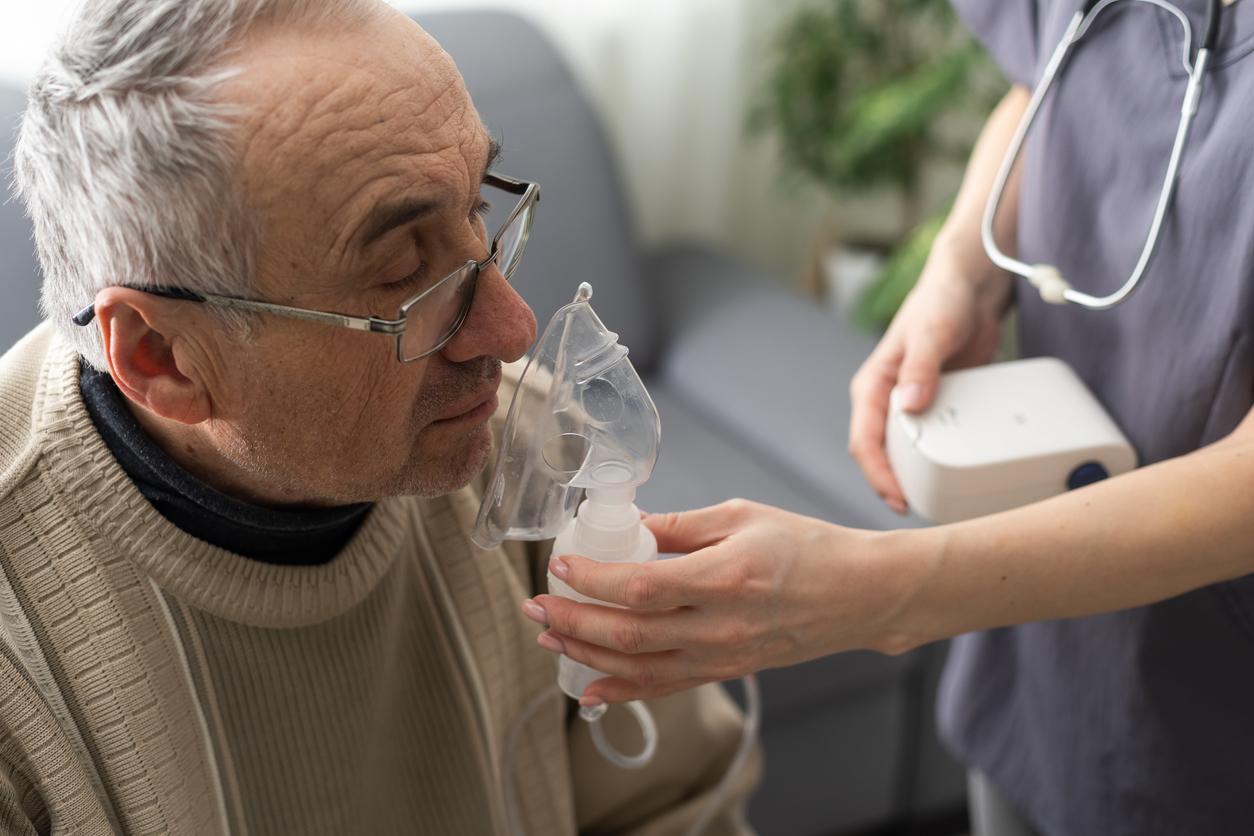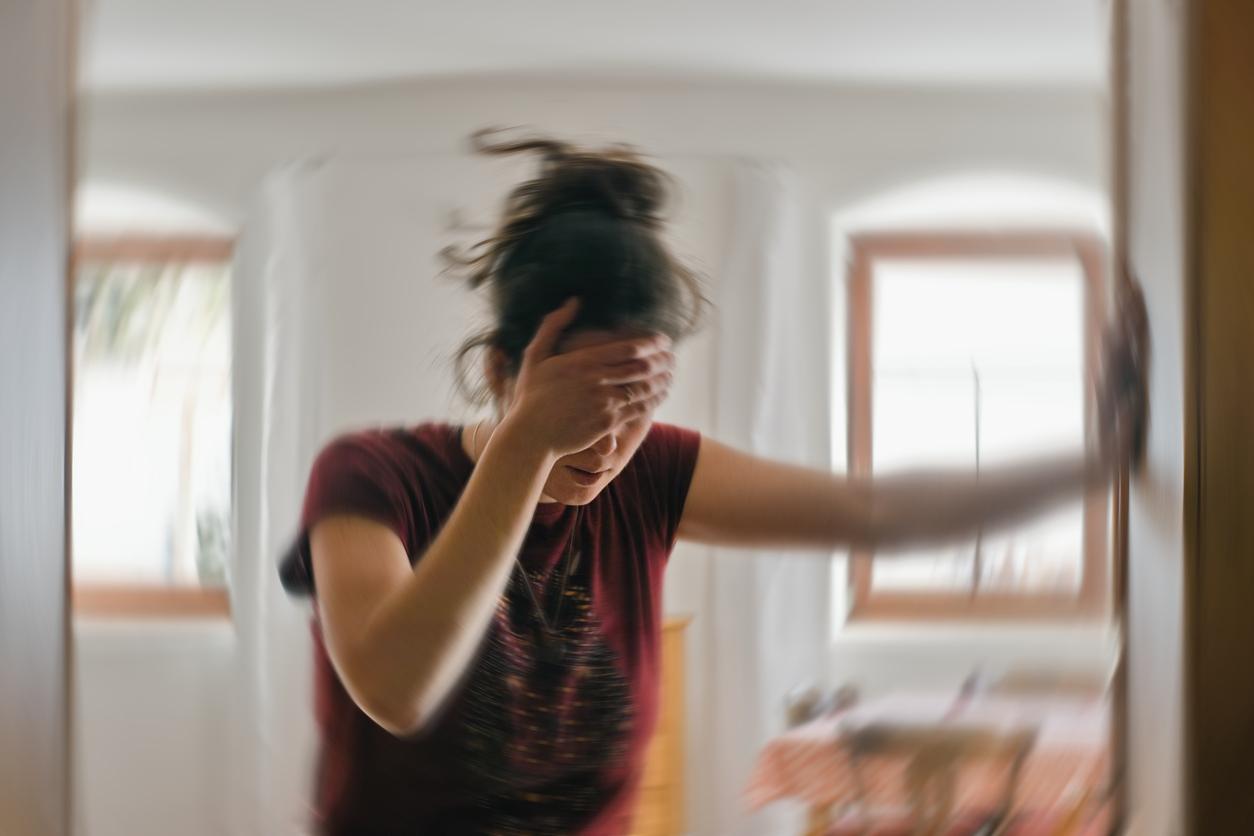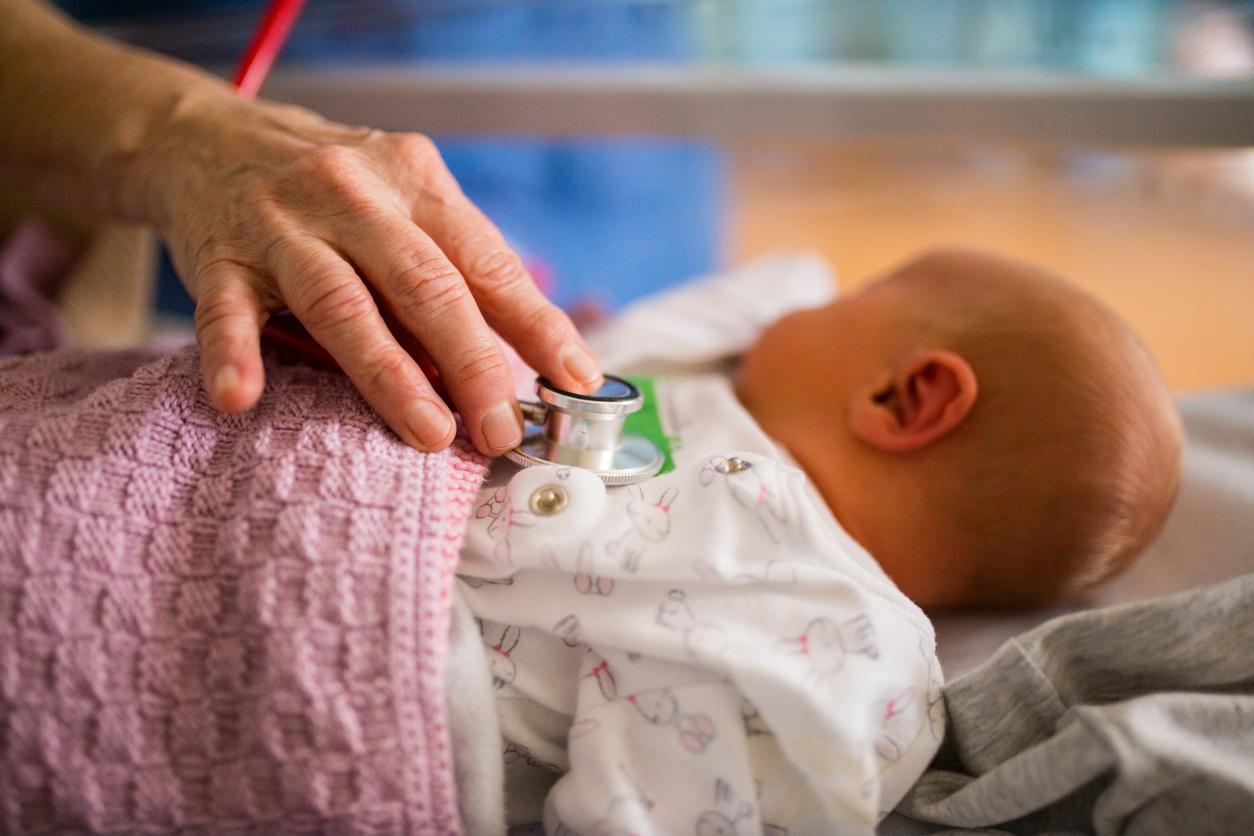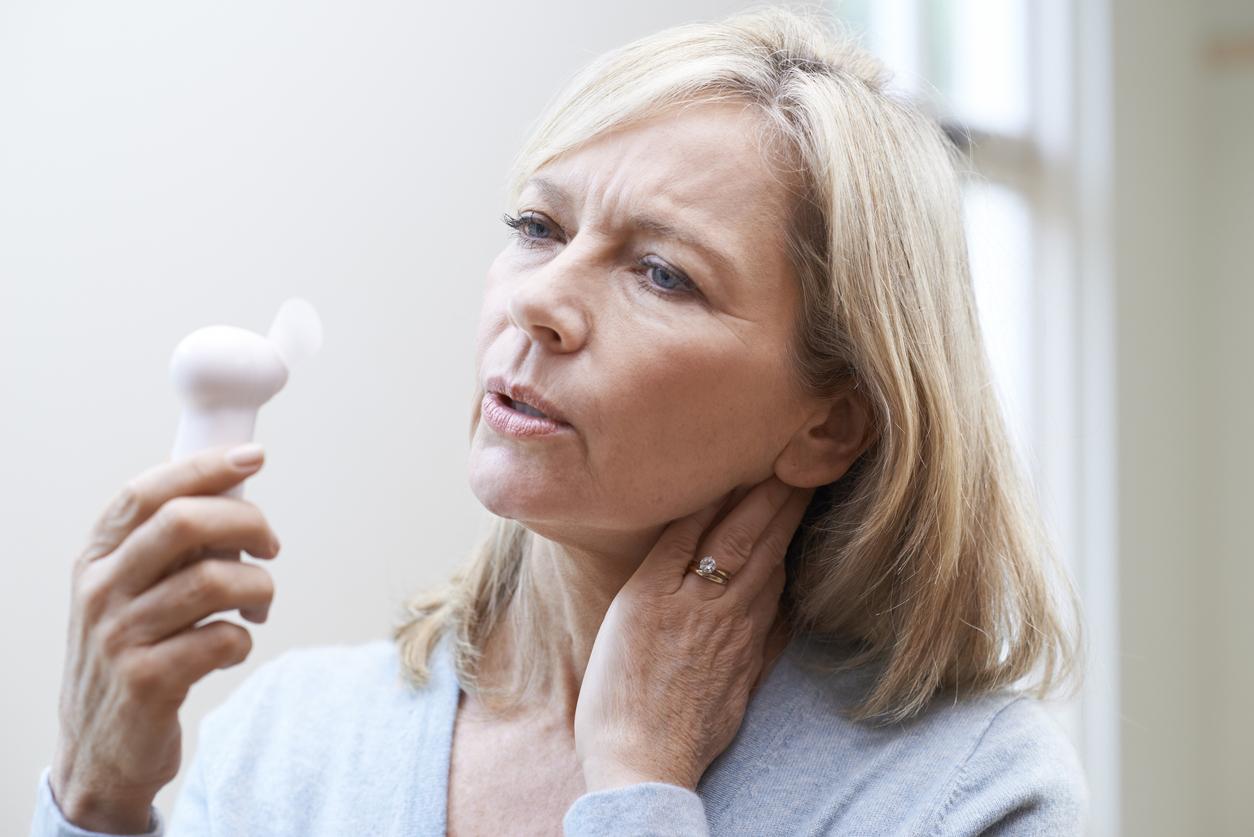SUMMARY :
- What is sunstroke?
- What are the symptoms of sunstroke?
- Sunstroke: how long does it last?
- Treatments: what to do in case of sunstroke?
- How to avoid sunstroke?
- Sunstroke: when should you worry?
What is sunstroke?
Insolation is considered “all the disorders occurring during too long exposure to the sun’s rays”a form of heatstroke, caused by too long exposure of the head to the sun. Body temperature regulation abilities are overwhelmed and can’t keep the body temperature around 37°C.
Insolation can have several phases, ranging from a feverish state to hospitalization or a coma in the worst case: the organs send warning signals. The people most at risk of sunstroke are the elderly, infants and young children, or people with chronic diseases (asthma, Parkinson’s, diabetes, obesity, etc.).
What are the symptoms of sunstroke?
Sunstroke, or hyperthermiawill be manifested by more or less violent headaches, drowsiness, nausea, diarrhea, vomiting, fever and, in the worst case, loss of consciousness or coma.
These first symptoms can sometimes be accompanied by skin burns and central nervous system disturbances (dizziness, delirium, convulsions) or certain organs such as the eyes (conjunctivitis, retinal damage), the heart (infarction, tachycardia, hypotension) or the kidneys (acute tubular necrosis).
These symptoms can occur hours to days after sun exposure.
Sunstroke: how long does it last?
Sunstroke can last a few hours after prolonged exposure: the body may take time to recover its initial temperature. Depending on the duration and intensity of sun exposure, sunstroke can still be felt the next day or two, with severe fatigue and headaches.
Treatments: what to do in case of sunstroke?
In case of sunstroke, the first emergency is to lower body temperature, thanks to certain reflexes which are to be privileged. If you experience the symptoms mentioned above, it is important to:
- Undress to be as uncovered as possible;
- Rehydrate you, at a rate ofa glass every 15 to 20 minutesavoiding sugary and caffeinated drinks that promote dehydration;
- Refresh yourself, in particular by finding a cool place and placing cool water compresses or a damp cloth on your head and neck;
- Avoid all physical activity and rest.
Once the temperature has dropped, a Doliprane or paracetamol can relieve some disturbing symptoms such as headaches.
Be careful, some treatments can make the sunstroke worse, such as aspirin, diuretics, neuroleptics (modify the regulation of body temperature) or anti-migraine drugs (which tend to reduce perspiration, which is nevertheless necessary for thermal regulation).
Even when symptoms subside, it is still important to monitor the days following the sunstroke to make sure there are no complications.
In the event of a coma or loss of consciousness, the person suffering from heatstroke must lie on their side (lateral safety position) until the arrival of the emergency services or to be transported to the hospital.
How to avoid sunstroke?
A few simple actions can be taken before exposure to the sun to avoid sunstroke, in particular:
- Outdoors, wear a hat, cap or scarf (preferably white or light-coloured), sunglasses and apply sunscreen every hour;
- Do not expose yourself too long to the sun and avoid the hottest hours between 11 a.m. and 4 p.m. ;
- Hydrate regularly and drink at least 1.5L of water per day;
- Drink water regularly;
- Prefer shady places.
Be careful in the car! In traffic jams or on the road on vacation, the temperature inside the vehicle can quickly reach a record. To avoid heatstroke, do not roll all the windows closed and install sunshades on the rear windows. Or turn on the air conditioning. And above all, we do not leave a child or an animal inside a closed car, even for 5 short minutes.
Sunstroke: when should you worry?
If symptoms do not improve after three days, it may be a severe sunstroke (breathing difficulties, permanent vomiting, confusion) and it is then urgent to contact a doctor or call the SAMU (15) or 112 (single European emergency call number), while maintaining the cooling measures put in place.
Sources:
Read also:
- Heat stroke: symptoms, duration, what to do?
- Heat wave: what to eat and drink when it’s (very) hot?
- How to manage to sleep when it is (very) hot?










